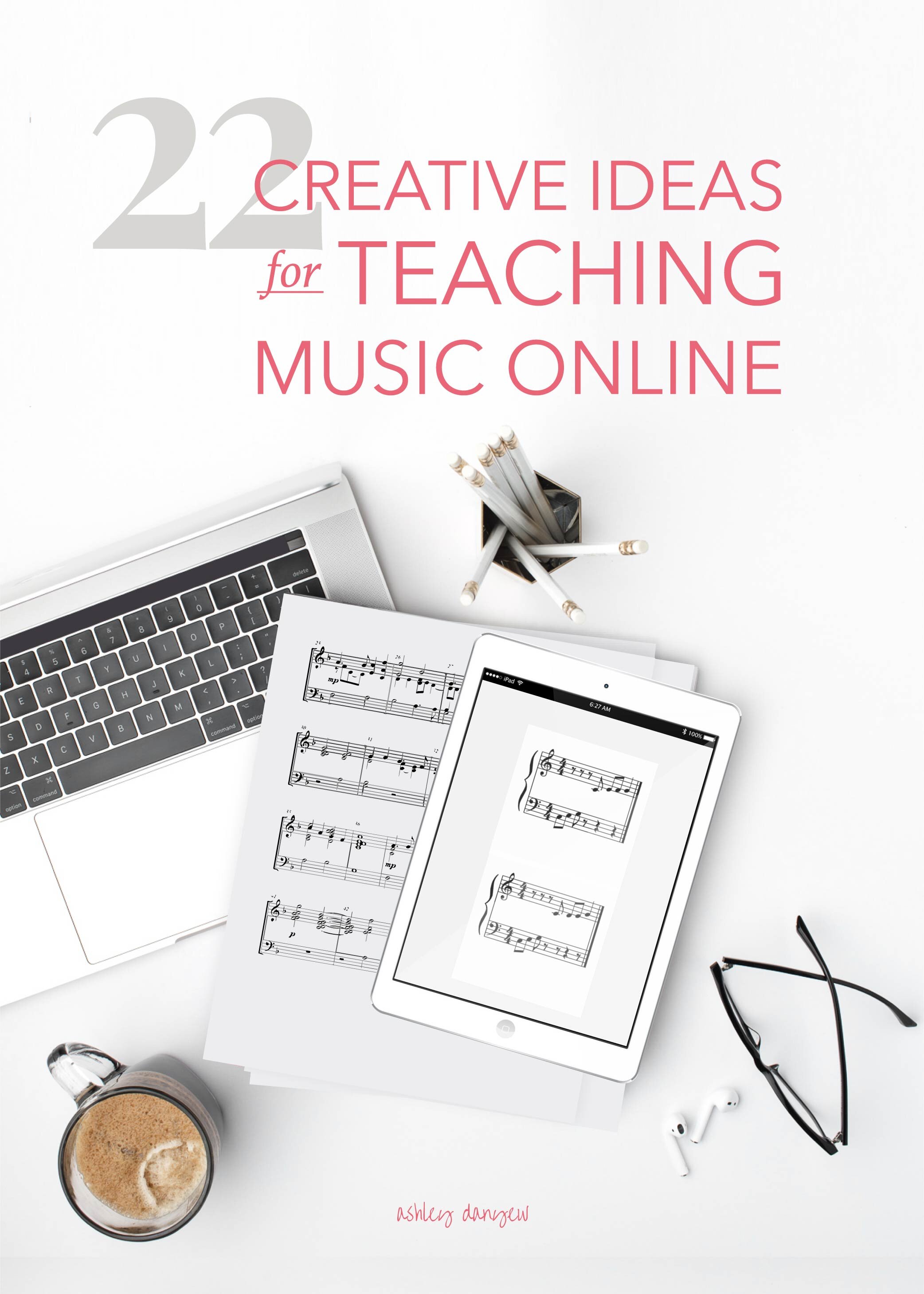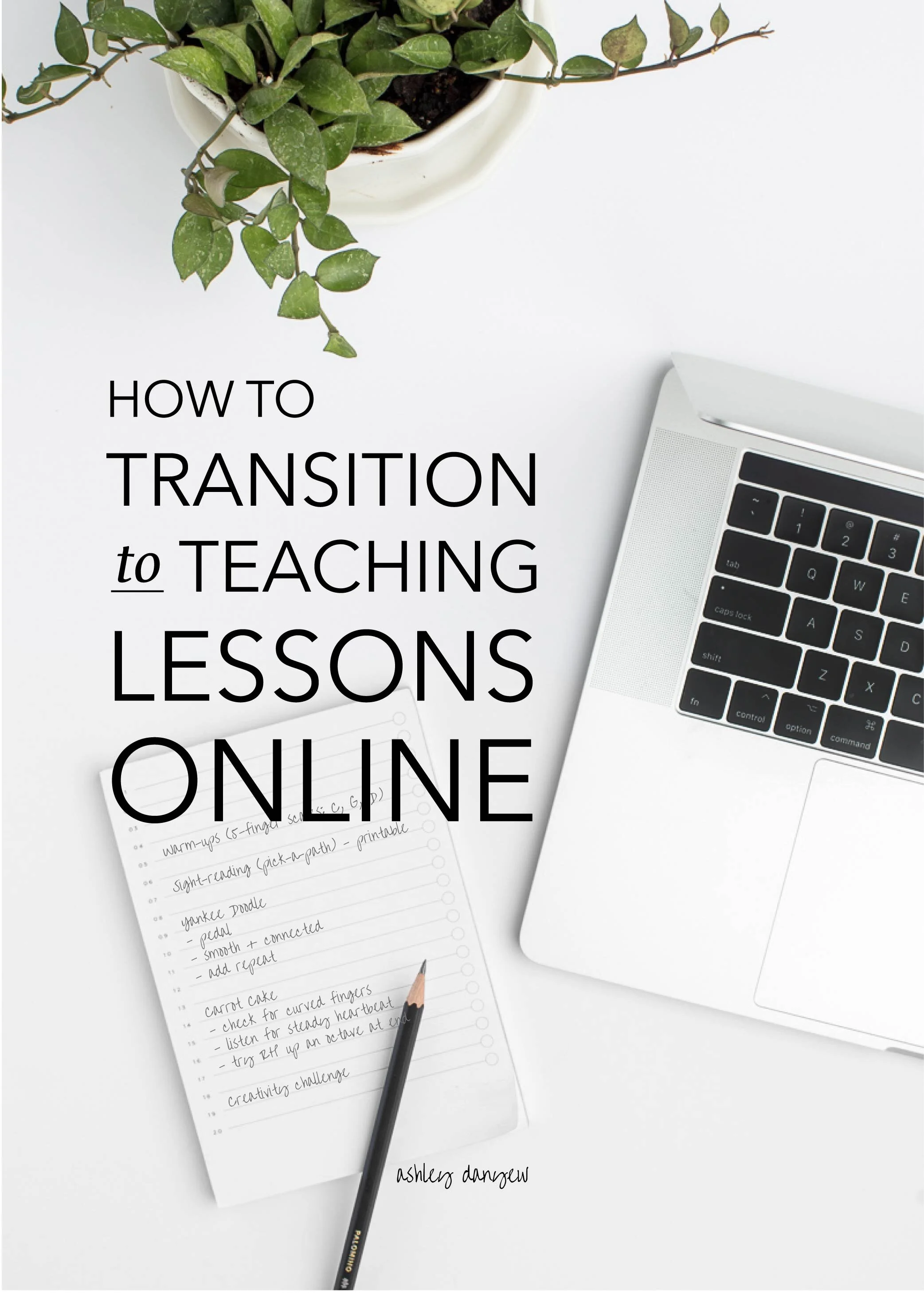Every year in my studio, we celebrate the end of the school year with a spring recital.
Each student prepares two pieces — sometimes memorized, sometimes with duets played by me or a parent or an older sibling or even a friend in the studio, and always with lots of supportive friends and family members in the audience.
This spring, like teachers around the world, I found myself suddenly immersed in the world of online teaching.
I knew that instead of gathering in person in the school theater on a Saturday morning in late May, we’d need to find another way to celebrate this year. We’d need to find a way to move the recital (like everything else in life) online.

















